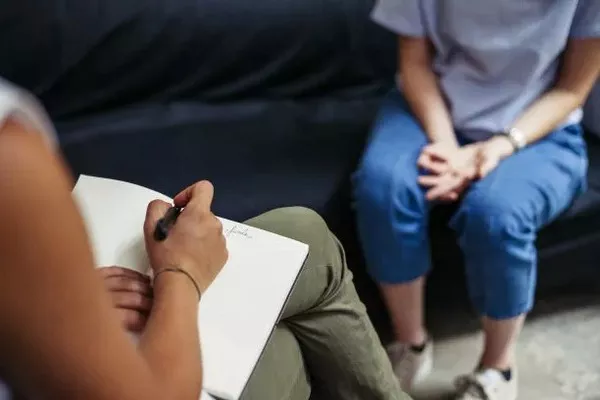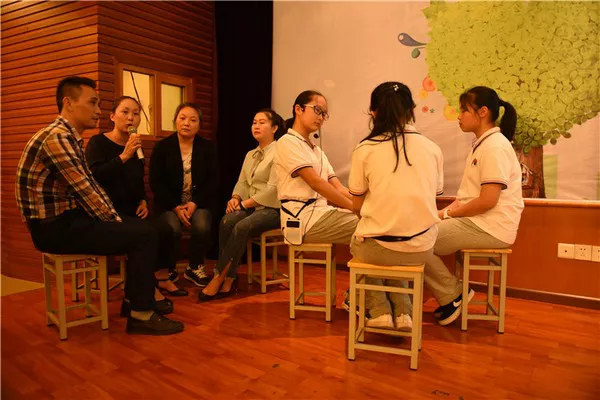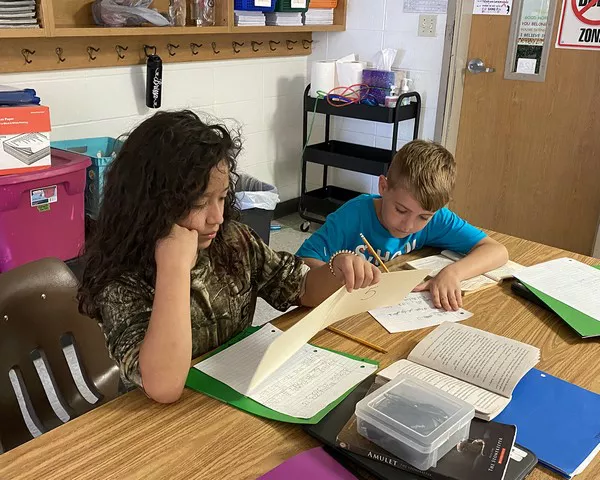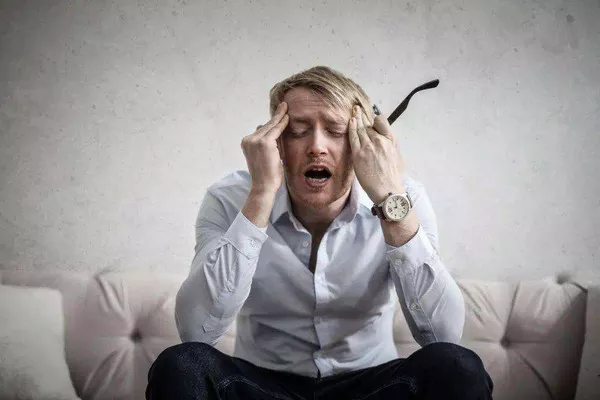In an era dominated by pharmaceutical solutions and digital wellness apps, a surprising trend is emerging in mental health care: the revival of ancient relaxation techniques, many of which date back thousands of years. From Taoist breathing exercises to Aboriginal dreamtime practices, these time-tested methods are gaining recognition not just as complementary therapies but as evidence-based interventions for stress, anxiety, and chronic pain. Recent clinical studies suggest that some of these techniques may be as effective as medication for certain conditions—without the side effects. As healthcare systems grapple with rising mental health crises and the limitations of conventional treatments, these ancient practices are being reevaluated through the lens of modern neuroscience, offering new hope for those seeking sustainable relaxation solutions.
One of the most studied ancient techniques is pranayama, the yogic practice of breath control. While variations exist across cultures, recent research has focused on alternate nostril breathing (Nadi Shodhana), which was historically used in Ayurveda to balance the nervous system. A study published in Frontiers in Human Neuroscience found that just 12 minutes of daily alternate nostril breathing significantly increased parasympathetic activation (the “rest-and-digest” response) while reducing cortisol levels by up to 17%. MRI scans revealed decreased activity in the amygdala, the brain’s fear center, suggesting this practice could be particularly beneficial for trauma survivors. Hospitals in Germany and India have begun incorporating pranayama into cardiac rehabilitation programs, with patients reporting faster recovery times and reduced reliance on anti-anxiety medications.
Another ancient method gaining scientific validation is autogenic training, developed in the early 20th century but rooted in Tibetan self-healing traditions. This technique involves passive concentration on physical sensations (e.g., warmth or heaviness in limbs) to induce deep relaxation. Meta-analyses show it can lower blood pressure as effectively as some antihypertensives. Notably, a trial at Kyoto University demonstrated that eight weeks of autogenic training altered gene expression related to inflammation, hinting at its potential for managing autoimmune disorders exacerbated by stress.
Perhaps the most intriguing revival is that of flotation therapy (REST: Restricted Environmental Stimulation Therapy), inspired by ancient sensory deprivation rituals. Modern float tanks, which suspend users in body-temperature saltwater in pitch darkness, are now offered in over 1,200 clinics worldwide. Studies indicate that 60-minute float sessions can increase theta brainwaves (associated with deep meditation) by 300%, with effects lasting days. Veterans with PTSD participating in float trials at the University of Wisconsin reported 50% reductions in hypervigilance, outperforming traditional talk therapy in some cases.
Despite these promising findings, challenges remain. Many ancient techniques require trained instructors, creating accessibility barriers. Critics also caution against cultural appropriation when practices are divorced from their original contexts. However, as integrative medicine grows, these methods—refined by science but rooted in tradition—are carving a unique niche in modern relaxation therapy, proving that sometimes, the oldest solutions are the most revolutionary.
Related topics:
















